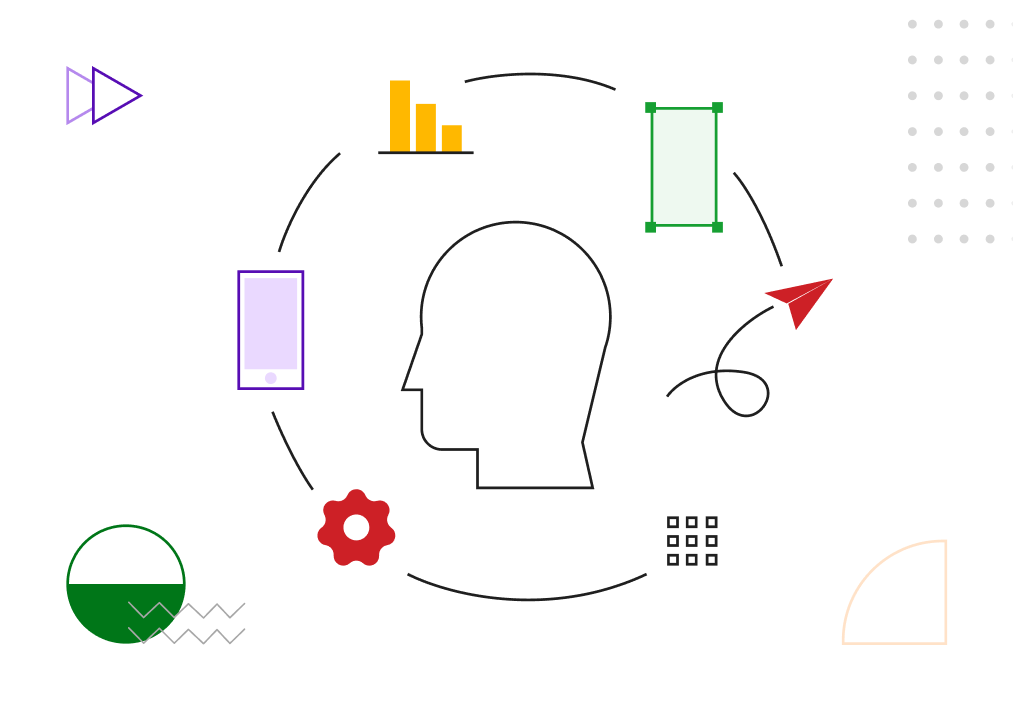In the dynamic world of industrial product development, where competition is fierce and customer satisfaction is paramount, the role of user-centered design has become increasingly crucial. As technology advances and consumer expectations rise, it is no longer sufficient to create products solely based on technical specifications. Instead, a deep understanding of user needs and preferences is essential for creating successful and innovative products.
Understanding User-Centered Design:
User-centered design (UCD) is an approach that places the needs, goals, and limitations of users at the center of the design process. It involves actively involving end-users throughout the product development lifecycle to ensure that the final product meets their requirements and provides an optimal user experience. UCD employs a variety of research methods such as user interviews, surveys, usability testing, and prototyping to gather insights and feedback from users. By incorporating these insights into the design process, designers can create products that are intuitive, user-friendly, and tailored to the specific needs of the target audience.

Enhancing User Experiences:
One of the primary objectives of user-centered design in industrial product development is to enhance user experiences. By involving users early on and throughout the design process, designers gain valuable insights into user behaviors, preferences, and pain points. This knowledge allows them to create products that are not only aesthetically pleasing but also functional and intuitive. By focusing on user needs, UCD helps eliminate unnecessary complexity and streamlines product interfaces, making them more accessible and enjoyable to use. Ultimately, this leads to improved user satisfaction, increased customer loyalty, and a competitive edge in the market.
Reducing Development Costs and Risks:

Another significant benefit of user-centered design is its potential to reduce development costs and risks. By involving users in the early stages of product development, designers can identify and address usability issues and design flaws before significant investments are made. This iterative approach minimizes the likelihood of costly redesigns or recalls down the line. Additionally, by incorporating user feedback, designers can prioritize features and functionalities that align with user needs, eliminating unnecessary development efforts and reducing time-to-market. User-centered design, therefore, helps optimize resource allocation, mitigate risks, and maximize the return on investment.
Driving Innovation and Market Differentiation:
User-centered design fosters innovation by encouraging designers to think outside the box and challenge conventional design paradigms. By deeply understanding user needs, designers can identify unmet needs or pain points that present opportunities for new and disruptive solutions. This customer-focused approach enables companies to differentiate themselves in the market by creating products that genuinely address user requirements. By designing products that resonate with users on an emotional level, companies can establish stronger brand loyalty and gain a competitive advantage over their rivals.
In today’s fast-paced industrial product development landscape, user-centered design plays a vital role in creating successful and innovative products. By focusing on user needs, UCD enhances user experiences, reduces development costs and risks, and drives market differentiation. As technology continues to evolve and customer expectations evolve with it, companies that embrace user-centered design will be better positioned to meet user needs, stay ahead of the competition, and deliver products that truly delight their customers.

Incorporating user-centered design principles into the industrial product development process is an investment that pays off in the form of improved user satisfaction, increased market share, and long-term success in the industry. By prioritizing user needs, companies can create products that make a real impact and establish lasting connections with their target audience.
Industrial design transcends mere aesthetics and functionality, wielding the power to mold brand identity, influence consumer perceptions, and foster deep emotional connections. By investing in deliberate and thoughtful industrial design, companies can forge products that not only fulfill consumers’ needs but also leave an indelible mark, fostering brand loyalty. In today’s cutthroat business arena, the significance of industrial design cannot be overstated. It stands as a pivotal catalyst in determining the triumph of brands and their capacity to forge profound connections with consumers.
At DOT School of Design, we offer an unparalleled platform for emerging designers to flourish, enriching their skill sets and igniting their creative thinking abilities. Our pedagogy emphasizes hands-on experiences rather than confining students to theoretical knowledge alone, empowering them to chart new paths and spearhead the future of industrial design. Ultimately, we endeavor to enrich lives and shape the world we inhabit through our relentless dedication to fostering the next generation of visionary industrial designers.
For more blogs related to design: https://www.dotsod.in/blog/
Follow DOT School of Design in Facebook, Instagram, LinkedIn, Medium and YouTube

